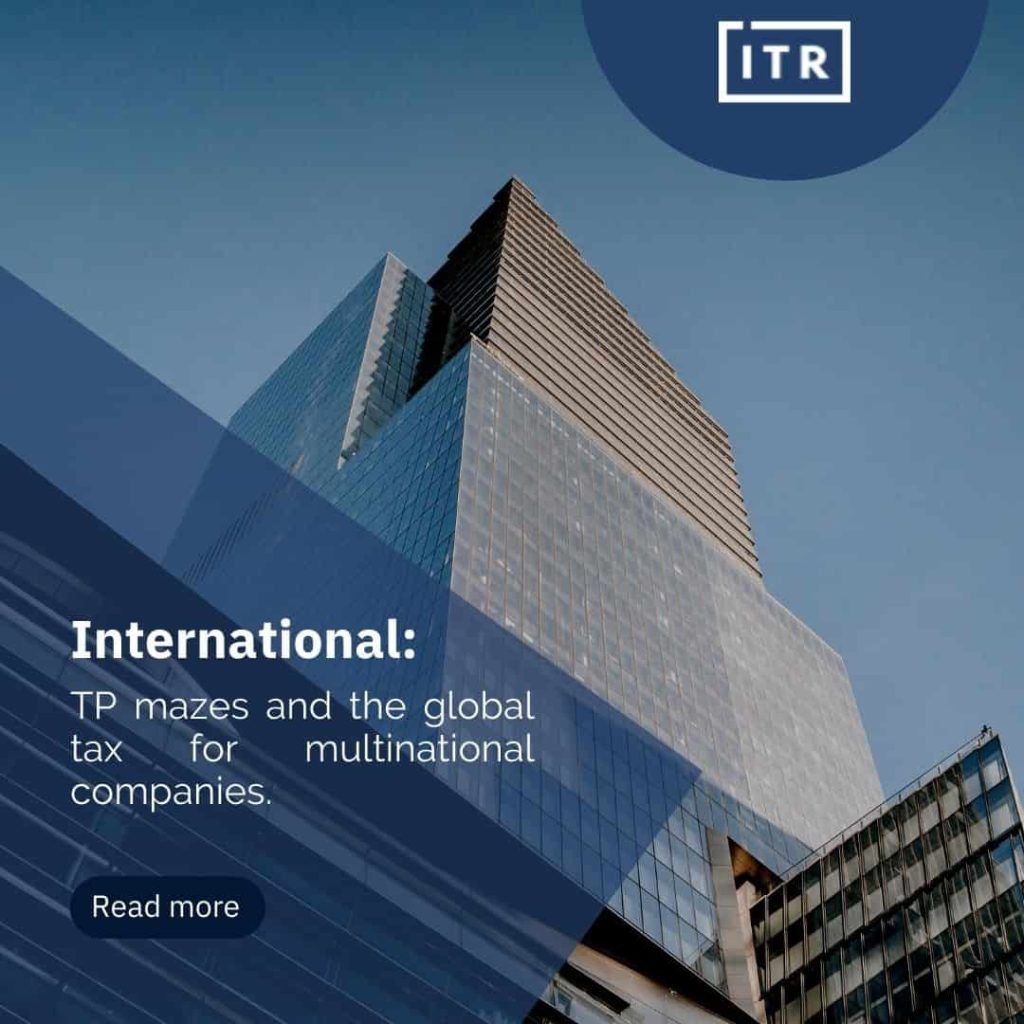Austria
Concept and Regulation in Austria
Before 2010, Austria had no specific transfer pricing legislation. Therefore, the Austrian Finance Ministry published the Austrian Transfer Pricing Guidelines for the first time, which are based on the 2010 OECD Guidelines concerning this matter through the Administrative Decree BMF-GZ 010221/2522-IV/4/2010, on October 28, 2010.
Considerable additions have been made, such as the incorporation of EAS (Envimet Analytical Systems) from the relevant Austrian tax authorities for transfer pricing purposes.
Austria is an OECD member and applies all elements of the BEPS provisions relating to transfer pricing documentation. The Austrian parliament passed the Transfer Pricing Documentation Act (TPDA) on July 6, 2016, which significantly increased the documentary burden for multinationals with entities in Austria.
Arm’s Length Principle
The Austrian Income Tax Act (Section 6, paragraph 6 of the ITA) contains the arm’s length principle that deals with transfers of assets (tangible or intangible) or services in the country or abroad. Subsequently, goods transferred to a permanent establishment (PE), a foreign company of the same taxpayer, or another group of companies must be valued at the price to be realized if the goods were sold to independent parties.
Related parties
Generally, Article 9 of the OECD Model Convention states that companies will be considered associated if they directly or indirectly participate in the management, control, or capital of another. In addition, if both companies are under common control. Indeed, ownership of 25% or more of the other party will be subject to Transfer Pricing rules.
In addition, Section 6(6) of the ITA incorporates the following criteria:
- Joint ownership of enterprises.
- For corporations, the taxpayer is a partner of both companies.
- For companies, substantial equity stake (i.e., exceeding 25%).
- The same persons administer, control, or influence both companies.
Transfer Pricing Methods in Austria
Austria relies on the 2010 OECD Transfer Pricing Guidelines for Transfer Pricing Methods. In particular, the following methods are used:
- Comparable Uncontrolled Price Method (CUP)
- Resale Price Method (RPM)
- Cost Plus Method (CPM)
- Transactional Net Margin Method (TNMM)
- Profit Split Method (PSM)
Other methods are also permitted but not frequently employed as long as they meet the Arm’s Length principle and support to be more appropriate than the other recognized OECD methods.
Transfer Pricing Obligations
The Austria 2021 guidelines include the Transfer Pricing Documentation guideline. In addition, the Austria 2021 guidelines provide documentation requirements for all not-subject companies to the legal obligation.
Depending on the volume and complexity of cross-border intra-group transactions, the documentation must include a minimum of information on the multinational parties/group, the relevant transactions, the value chain within the group, the TP method selection, the comparability analysis, and contracts.
The requirements are completely according to the minimum standard of Action 13 and the respective European Union Directive.
Master File and Local Report
Both documents must be prepared if revenues exceed the amount of 50 million euros during the previous two fiscal years. In addition, each entity of a multinational group located in Austria must file a Master File at the request of the corresponding Tax Office.
The documentation must be filed in an officially permitted language or English for tax proceedings. The filing date to the competent Tax Agency at the request thereof is within 30 days after the corporate tax return filing date.
Country by Country Report
Those multinational groups that exceeded the consolidated sales of 750 million euros in the previous fiscal year have to prepare a Country-by-Country Report. Each Austrian entity forming part of a multinational group subject to CbCR must report to the relevant tax office until the last day of the corresponding fiscal year, either the ultimate parent or substitute entity.
Penalties for Non-Compliance
For Master File/Local Report
According to the Austrian Administrative Code, failure to submit may result in a penalty of up to EUR 5,000, increasing the amount of the penalties if the Treasury can demonstrate deliberate tax evasion or avoidance.
For Country by Country Reports (CbCR)
According to the Austrian Administrative Code, failure to submit CbCR may result in penalties of up to 5,000 euros. The Act provides a maximum penalty of EUR 50,000 for intentional non-compliance with the submitting and a penalty of 50% for gross negligence.
<script>
/*
Author: Wolfgang Hartl
Author URI: https://my-webcraftdesign.at/
DOCS: https://my-webcraftdesign.at/tutorial/read-more-read-less-toggle-in-bricksbuilder/
*/
function WCD_rmrl(options) {
const readLessText = options.readLessText;
const readMoreText = options.readMoreText;
const rmrlContent = document.querySelectorAll("[wcd_rmrl_percentage]");
rmrlContent.forEach((element) => {
// INITIAL SETUP (define height, overflow and attributes)
element.style.overflow = "hidden";
element.setAttribute("wcd_rmrl_max", element.clientHeight + "px");
var percentage = element.getAttribute("wcd_rmrl_percentage");
var height = element.clientHeight;
height = Math.round((height / 100) * percentage) + "px";
element.setAttribute("wcd_rmrl_min", height);
element.style.height = height;
//ASSIGN CLICK EVENT TO TRIGGER
trigger = element.nextSibling;
trigger.addEventListener("click", function () {
if (element.style.height == element.getAttribute("wcd_rmrl_min")) {
element.style.height = element.getAttribute("wcd_rmrl_max");
this.childNodes.forEach((node) => {
if (node.nodeValue !== null) {
node.nodeValue = readLessText;
}
});
} else {
element.style.height = element.getAttribute("wcd_rmrl_min");
this.childNodes.forEach((node) => {
if (node.nodeValue !== null) {
node.nodeValue = readMoreText;
}
});
}
});
});
}
const rmrl = new WCD_rmrl({
readLessText : 'Read Less',
readMoreText : 'Read More',
});
</script>External Articles
Below is a list of articles written by our staff and published in international publications.





